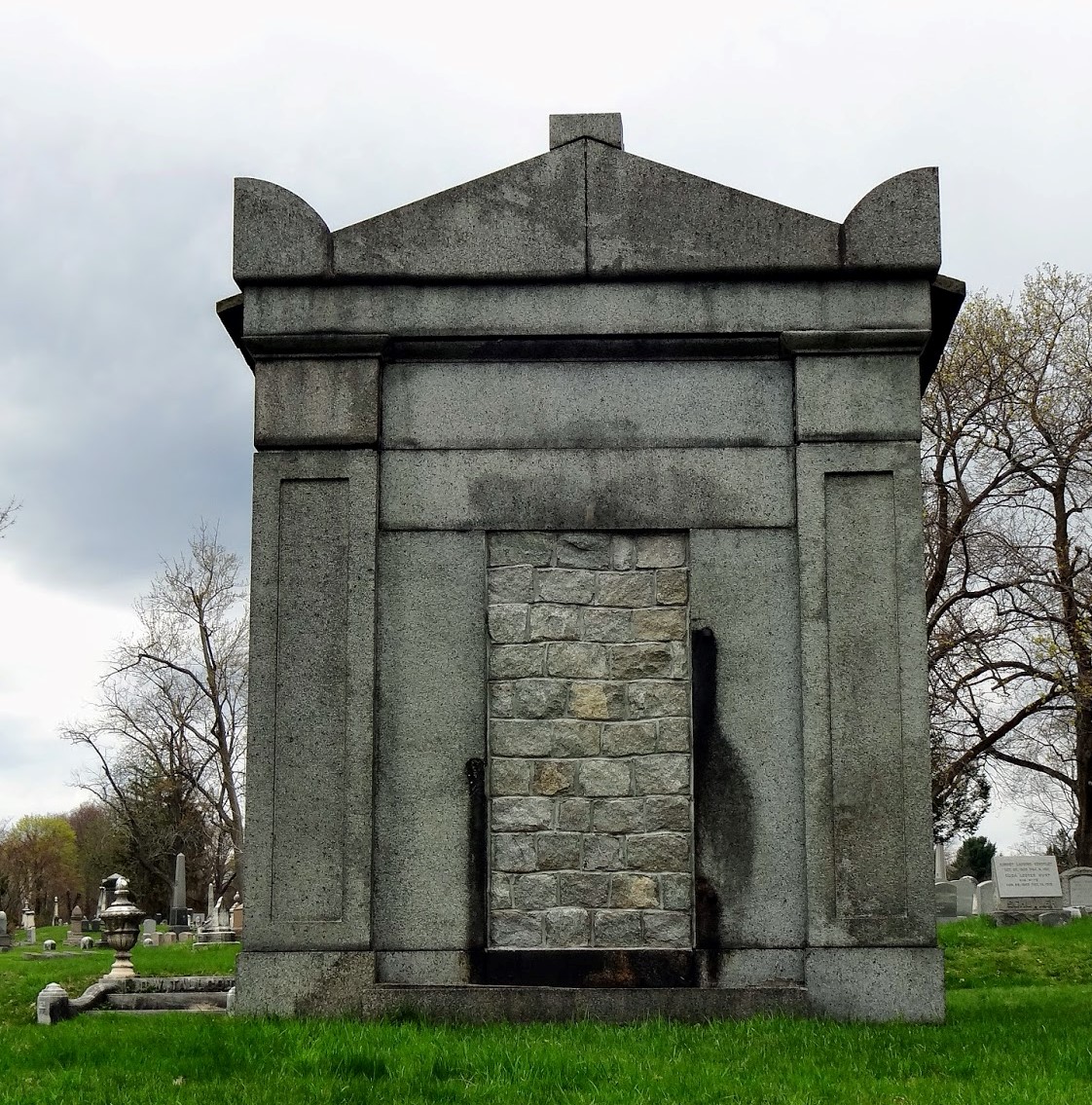Last updated: April 25, 2023
Person
Hunloke Woodruff

National Park Service/Don Troiani
Hunloke Woodruff was born on October 23, 1754, to Joseph and Ann Woodruff in Elizabethtown in the British Colony of New Jersey. He was their only child. His mother died in 1757 and his father re-married soon after. Joesph Woodruff died in 1769 when his son was 15 years old. After that Woodruff was cared for by his grandfather, Joseph Sr., who mayor of Elizabethtown and an official "privy counselor" to King George III. He attended Princeton until 1774. He then moved to New York City to live with his aunt, Eliza Treat. There he studied medicine under Dr. Malachi Treat of King's College.
During the American Revolution, he was appointed a surgeon's mate for the 1st NY Regiment, where he served on General Richard Montgomery’s failed expedition to Canada. He was at the taking of St. John and later, while marching toward Montreal with Peter Gansevoort the two were nearly hit by a cannon ball. Instead of being concerned, Woodruff pointed out that the two did not die from "wind of ball" (the concussion of air caused by a speeding projectile) as many had feared could happen. After a thwarted attack on New Year's Eve 1775, againt Quebec, he would have spent the early winter of 1776 treating soldiers in miserable and cold conditions.
Later he became a surgeon for the 3rd NY Regiment under now Colonel Peter Gansevoort. The regiment was stationed at the American Fort Schuyler (formerly Stanwix) in 1777. There, with his surgeon's mate Jonathan Elliot, he treated all manner of soldiers and civilians who were placed under his care on the dangerous border of the new nation. Some of his notable patients include Captain James Gregg and Private Nicholas “Scalped Nick” Bovee; both of whom were attacked and scalped in the weeks leading up to the Siege of 1777. Indeed Woodruff was one of the people in the search party for Captain Gregg and was the one to discover him lying in a pool of his own blood. When the Siege began in August of that year, relegated to the small bombproof room under the southwest corner of the fort, he treated the sick and injured. He dealt with mortar bomb injuries and assisted in the delivery of a baby, all while the sounds and sites of war were exploding outside his door. He likely followed the 3rd NY during the Sullivan Expedition and would have dealt with the wounds of battle throughout. He retired from the military in 1781.
On May 16, 1779, he married Maria Lansing, sometimes known as "Polly," the daughter of Colonel Joseph Lansing (1714-1791) at Albany's First Dutch Church. Their wedding was characterized as "very private softly and [of an] unexpected manner." Their children included Ann Woodruff (B. Jan 20, 1780), Maria Lansing Woodruff (B. Nov 22, 1781), Hunloke Woodruff Jr. (B. July 13, 1785), Helen (Lena) Van Rensselaer Woodruff (B. Oct 1788), Maria Woodruff (B. Oct 13, 1790), Alice Lansing Woodruff, and Lansing Woodruff (B. bef. Oct 20, 1799). All were baptized in Albany Churches. He was also an elder in Albany's Presbyterian Church.
A prominent and successful physician and teacher, Dr. Woodruff was a leader of the post-war Albany medical community. At one time, he was the partner of Dr. Wilhelmus Mancius, who had settled in Albany before the war. Together, they trained a number of prominent physicians. In 1806, Woodruff was president of the Albany Medical Society.
His home on the corner of Pearl and Maiden Streets was where he became an Albany mainstay. He saw patients in the small frame building adjoining his home. In 1800, his household included four children and two enslaved persons. He also owned lots in the first ward. In 1786, he was elected assistant alderman for the second ward. He served for a year. Later, he was a trustee of the Albany Library and member of several other community organizations including the Free Masons and Society of Cincinnati.

Above: An image of Pearl Street in Albany, NY as it would've been seen from Dr. Woodruff's home and office. Painting circa 1810 by James Eights.
Woodruff suffered from scrofula (a tuberculosis related disease that cause swelling, sores, and lesions in the area of the neck) which ruined his health. He filed a will in November of 1810, stating that he was "weak in body." The will provided for his funeral and left his estate to Maria for "as long as she remains my widow." Following hemorrhaging from the lungs, Dr. Hunloke Woodruff died in July 1811 of tuberculosis at the age of 57. He was buried in the State Street Cemetery. Later, when the burial grounds were dismantled, his remains were transferred to Albany Rural Cemetery.
A brilliant surgeon and active in his community, after his passing Woodruff was remembered by the people of Albany as "a man of philosophical mind, characterized by charity and hospitality, valuing money only as it contributed to the comforts of his family and friends. By the public, he was highly esteemed." A portrait of Woodruff was made by famed painter Ezra James circa 1809. That, and a possible second one, remains missing to this day.
Below: The tomb of Doctor Hunloke Woodruff in the Albany Rural Cemetery. 
Sources
- Bielinski, Stefan, "Hunloke Woodruff", Albany biogrpahies, NY State Museum
- Proceedings of the Common Council (State Street Burial records)
- Smithsonian American Art Museum
- Howland, Geo and Jon. Tenney, Bi-centennial History of Albany
- DAR lineage #22890 of Miss Alice Lansing Atocha, Lineage Book National Society of DAR Vol. 23 page 310.
- Transactions of the Albany Institute Vol. 6, J. Munsell 1870, page 272.
- Boyd, James P., A.B., M.D., "The President's Address" May 9th 1905 Albany Medical Annals July 1905 Vol. XXVI, no. 7, page 449
- “Find A Grave: Index: Dr Hunlork Woodruff” Accessed December 3, 2022.
- "Hunloke Woodruff." Genealogy and History of Albany, Co. Accessed December 4, 2022.
